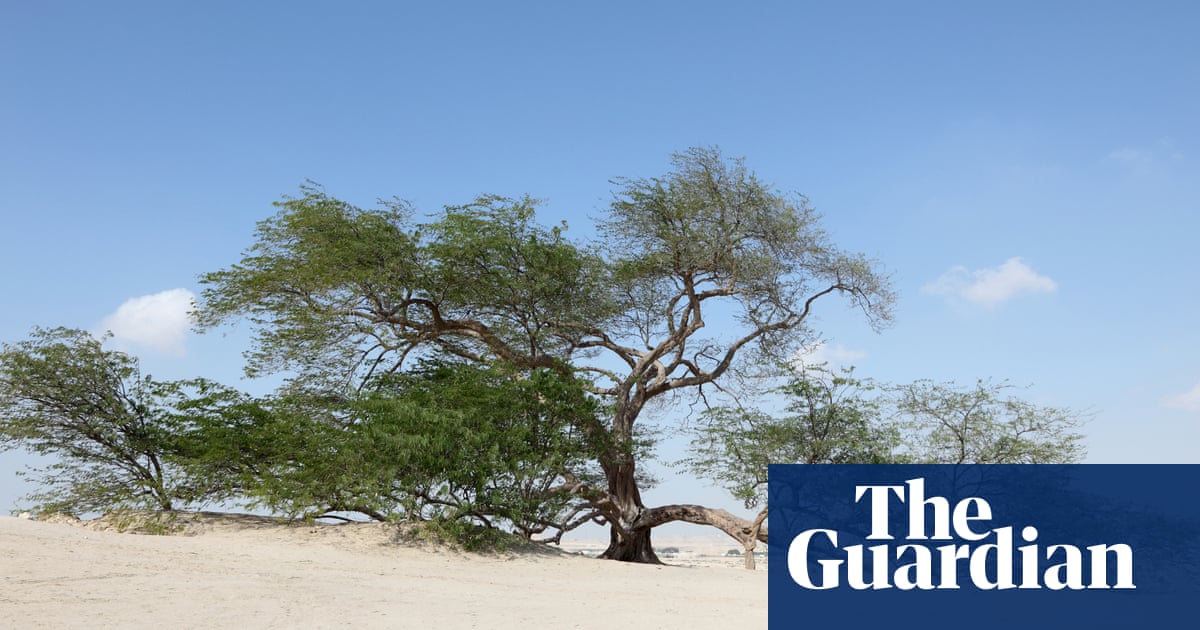
Germany may be famous for its wealth of history and culture, but it also houses some of Europe’s most wild and diverse landscapes. Dotted around the country are scores of national parks, conservation zones and nature reserves – each an example of mesmerising natural beauty, and helping to preserve the continent’s most revered environments. Whether hiking, skiing, wildlife-watching or simply sitting quietly on a veranda with a glass of wine – there is a place for everyone …
Jasmund national park
Located on the west coast of the offshore island of Rügen, in Mecklenburg-Western Pomerania, this Unesco-protected site is the smallest of Germany’s national parks. Powdery-white chalk cliffs tower into cobalt skies while ancient beech forests, dating back 700 years, carpet the Stubnitz plateau – which is just a day trip from the city of Stralsund. It is here that painter Caspar David Friedrich found himself inspired to create one of his masterpieces, Chalk Cliffs on Rügen, in 1818. Light walking tracks coil through beds of lady’s slipper orchids, while longer trails can take you all the way to the Rügen coastline, where white-sand beaches and azure waters await.
Berchtesgaden national park
With its cavernous gorges and lush canopies, Berchtesgaden is one of Germany’s oldest and most beautiful conservation areas. Trails weave in and out of the forest, leading you along the banks of glassy lakes – the perfect spot for pebble-skimming and wild swimming. The more adventurous visitor may opt for an escapade above the treetops – paragliding tours set off from Mount Jenner and take you up over 1,800 metres, furnishing spectacular views of Mount Watzmann. Back on the ground, a network of more than 150 miles of walking trails twist through the forest. Take the St Bartholomew to Königsbachalm track and you might just spot a furry marmot, the odd golden eagle flying overhead and even an ibex.
Southern Black Forest nature park
With its 1,500-metre-high peaks and wild canyons – and covering 10,000 hectares of Baden-Württemberg – the Southern Black Forest nature park is Germany’s largest nature reserve. The highland areas, with views over Switzerland and France, are a haven for food-lovers, with many idyllic spots to enjoy farm-to-table food or, as at the Markgräfler Winzer Castellbergkeller estate, homegrown wine. Activities in the park range from hiking and fishing to canoeing and mountain biking, while the slower traveller will enjoy strolling the rolling emerald pastures and booking into rustic old farmhouses such as Hilserhof – for an escape from everyday life. In winter, the slopes shimmer with dustings of snow, opening up a multitude of cross-country skiing and snow-shoe hiking tracks.
The Bliesgau Biosphere
Bliesgau is akin to the place in your imagination where all the wildflowers grow. With rolling orchid meadows and beech forests expanding for miles, this Unesco biosphere reserve is home to almost half of all German orchid species. The semi-dry grasslands and meadows of oat and sage extend for miles, drawing in the owls of the region and the marsh fritillary butterfly, with its glistening orange-brown wings. Thanks to its hospitable climate, this is a region of sustainable development, promoting zero emissions and extensive wild natural habitats. In fact, Bliesgau is an example of farming done right and offers a wealth of agricultural know-how to anyone keen to learn.
Lower Oder Valley national park
This stunning lowland reserve – sitting on the banks of the River Oder in north-east Germany – is the only protected wetland national park in Germany and a must for wildlife-lovers. The floodplain environment is full of healthy waterways and fertile soil, hosting both flora and fauna in abundance. This is a vital habitat and wintering ground for thousands of European bird species – and you might be lucky enough to watch the spectacular moment when more than 13,000 cranes approach their roost and listen as the aquatic warblers call from the reed beds. In the National Park House, an interactive exhibition teaches you about the ecosystem, and tells stories about the days when mammoths roamed this valley.
Zittau Mountains nature park
This small highland national park on the border with Poland and the Czech Republic, is a protected nature zone – home to an impressive array of species such as lynx, otter and greater mouse-eared bat. In addition, the presence of an impressive number of species of birds – including the western marsh harrier, peregrine falcon and boreal owl – makes this region a must for birdwatchers and photographers alike. Boreal birch and pine forests team with the deciduous ferns to create diverse landscapes. Climb to the top of the peaks to enjoy panoramic views over the marshlands and foothills, which come alive with marigolds and martagon lilies during the early summer.
Eifel national park
It’s hard to believe this unspoiled, oak-lined wilderness in western Germany is just a 40-mile drive from Cologne. Yet, once deep into the beech forest, you’ll be taking in soft sounds and colours of this natural environment and vast glistening lakes. Eifel’s motto is: “Let nature be nature” – no surprise then, that this is the perfect escape from everyday life.
Ranger-led tours lead you to kingfishers as they dive with silent precision below the water surface to feed on tiny insects and fish, and to beavers building their burrows around the riverbanks. These woodlands are home to about 2,300 endangered species of animals and plants – including wildcats. On cloudless nights, marvel at the blanket of glistening stars – as the whole universe opens up above you.
Bavarian Forest national park
Twinned with the neighbouring Šumava National Park in the Czech Republic, the Bavarian Forest national park forms the largest continuous area of woodland in central Europe – showcasing seemingly never-ending forest. Start at one of the on-site information centres, where historical and environmental information is presented through museums and exhibitions. This is a family-friendly wilderness, which includes more than 180 miles of hiking paths and 125 miles of cycling trails to suit all abilities. Much of the tracks pass crystal-clear streams and serene cascade pools, while the Rachselsee glacier lake is a sight to behold. This old forest habitat is home to red deer, otters and eagle owls. Winter sports enthusiasts will relish in the cross-country ski trails, often fresh with talcum-soft snow during the December to February season.
For more about sustainable, feel good travel across Germany, head to Feel Good, which is packed with inspiring ideas and practical advice











